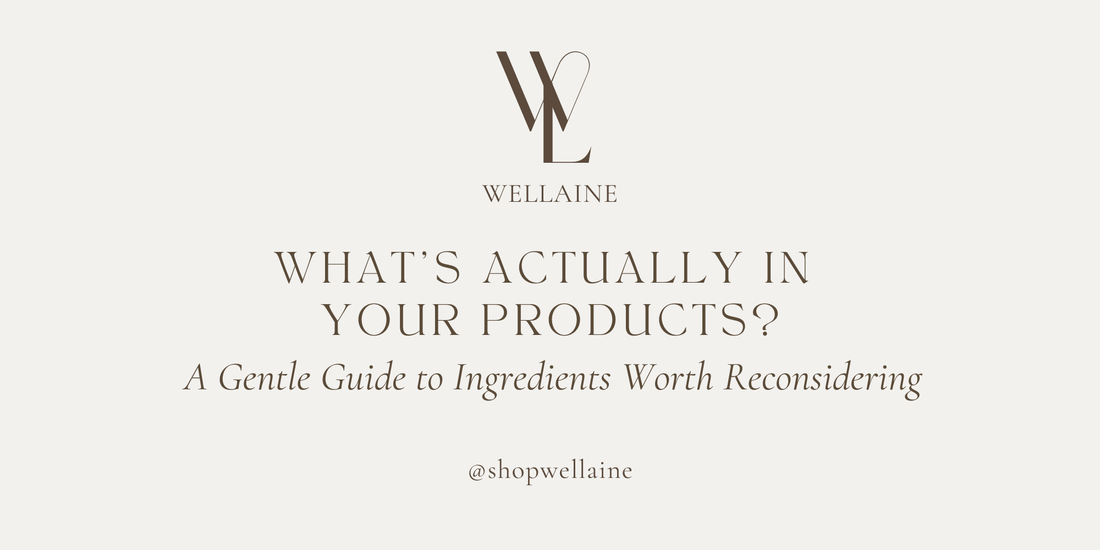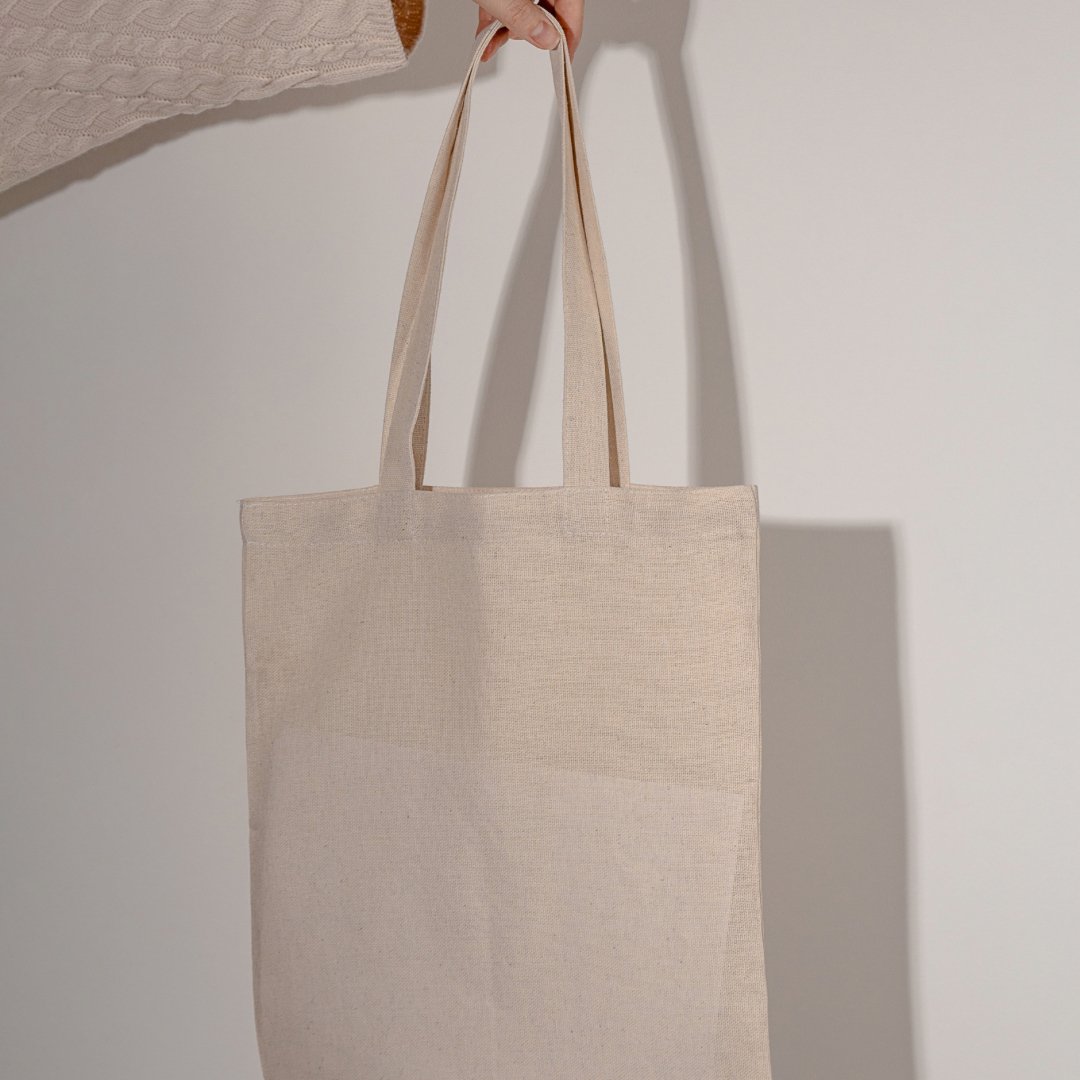
What's Actually In Your Products? A Gentle Guide To Ingredients Worth Reconsidering
Share
When it comes to wellness and self-care, there’s a lot of noise out there — and even more ingredient lists we don’t recognize. If you’ve ever felt confused reading a label or unsure whether an ingredient is “bad” or just hard to pronounce, you’re not alone.
At Wellaine, our approach is simple: we don’t believe in fear or shame, but we do believe in informed choices. Understanding what goes into your products means you can choose what feels right for your body, your home, and your values. Below is a gentle breakdown of some ingredients worth researching or considering more closely — not to overwhelm you, but to empower you with information that can help guide more mindful choices in your wellness routine.
PARABENS
Used to preserve products, parabens have been linked to hormone disruption and are commonly found in mainstream beauty and skincare. While they extend shelf life, their potential impact on reproductive health and hormonal balance is cause for concern. Many now choose paraben-free alternatives as a safer option.
PHTHALATES
Often used to make fragrances last longer, phthalates are known endocrine disruptors and have been associated with reproductive and developmental harm. They’re commonly hidden under “fragrance” on labels, so opting for transparent or phthalate-free products is a more mindful choice.
SODIUM LAURYL SULFATE (SLS) / SODIUM LAURETH SULFATE (SLES)
These foaming agents are popular in shampoos, body washes, and cleansers, but they can be harsh on the skin and strip away natural oils. SLS/SLES are also known irritants, especially for sensitive skin. Many gentle formulas now use plant-based surfactants instead.
FORMALDEHYDE-RELEASING PRESERVATIVES
Some preservatives gradually release formaldehyde, a known carcinogen, over time. Common culprits include DMDM Hydantoin, Quaternium-15, and Imidazolidinyl Urea. Though legal, many brands now choose alternative preservatives with cleaner safety profiles.
TRICLOSAN
Once used in antibacterial soaps and toothpaste, triclosan has raised concerns over bacterial resistance and hormone disruption. Though banned in certain uses, it still appears in some personal care items. Clean alternatives offer safer ways to stay fresh.
TOLUENE
A solvent often found in nail products and hair dyes, toluene has been linked to neurological harm and reproductive toxicity. Exposure can be especially risky during pregnancy. Many brands now offer “5-free” or “10-free” polish formulas that skip this and other concerning chemicals.
PEGS (POLYETHYLENE GLYCOLS)
Used as thickeners and softeners in creams and conditioners, PEGs can sometimes be contaminated with carcinogenic byproducts like 1,4-dioxane. While not all PEGs are harmful, some shoppers prefer to avoid them unless they’re certified as safe and clean.
OXYBENZONE
A chemical sunscreen ingredient linked to hormone disruption and coral reef damage. It absorbs UV rays but can be absorbed into the bloodstream, raising concerns for long-term exposure. Many now opt for mineral-based sunscreens with zinc oxide or titanium dioxide instead.
SO…WHAT SHOULD YOU DO WITH THIS INFO?
You don’t need to overhaul your entire routine overnight. We believe self-care should never feel overwhelming or performative. It’s about finding what works for you — at your own pace.
Start small. Read labels. Ask questions. Choose products that make you feel safe, supported, and aligned with your values. If even one ingredient swap brings you more ease, that’s a win worth celebrating.
HOW WELLAINE CAN HELP
We do the label reading for you. Every product in our shop is vetted to ensure it’s free from questionable ingredients and made with intention, transparency, and your wellbeing in mind.
Explore customer favorites that feel as good as they are clean
→ Shop Clean, Shop Confidently
With love and appreciation,
Katelyn, Founder of Wellaine

